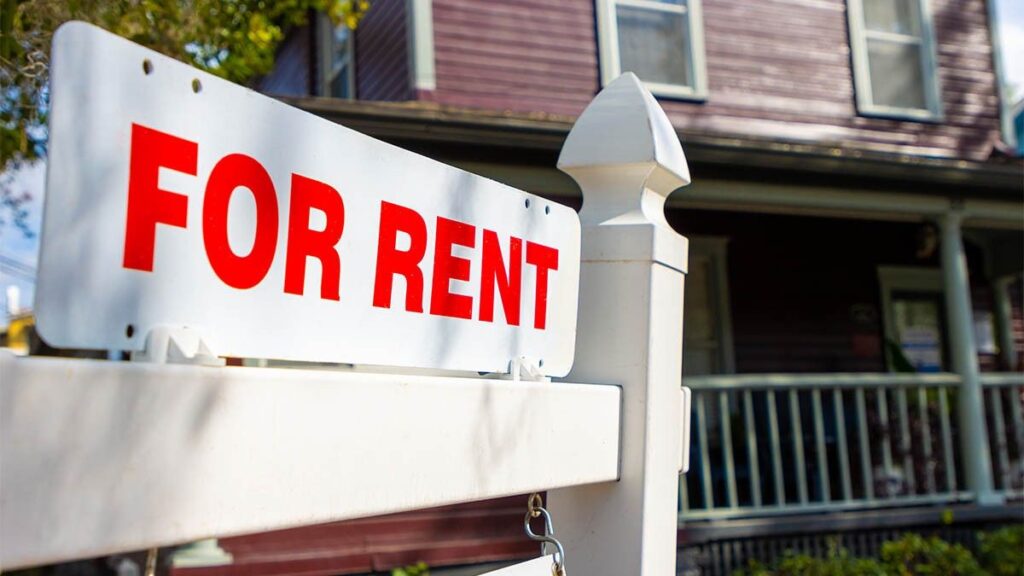
Getty Images
As the new year kicked off, the wild run-ups in rental prices that terrorized tenants last year appear to have leveled off.
January was the 12th month in row where rent growth slowed, according to the Realtor.com® monthly rental report. Monthly rents were down $80 from the peak in August, but they were still up 2.9% year over year, to hit a median $1,726 a month in the nation’s 50 largest metropolitan areas.
(Realtor.com looked at rents for studios, one-bedroom and two-bedroom apartments, condos, townhomes, and single-family homes in the 50 largest metros. Metros include the main city and surrounding towns, suburbs, and smaller urban areas.)
“The biggest takeaway is while the rental growth is slowing, the affordability concerns continue,” says Realtor.com Senior Economist Jiayi Xu.
Tenants have been grappling with sticker shock as rental prices soared during the COVID-19 pandemic. Many couples and individuals moved out on their own, while others were would-be homeowners who were trapped in rentals after being outbid or priced out of the for-sale housing market. This strained the limited supply of rentals, driving prices skyward.
Rents were the lowest in Oklahoma City, the only one of the 50 largest metros where tenants can still find a home for just under $1,000 a month. Median rents in the metro were $982. Louisville, KY, and Birmingham, AL, rounded out the top three most affordable metros with median rents of $1,167 and $1,178 respectively.
But renters in those lower-priced parts of the country shouldn’t get too comfortable. Prices rose the most in the cheaper Midwest and South metros, going up 10.5% year over year in Indianapolis, 8.8% in Birmingham, and 8.3% in Columbus, OH.
Meanwhile, rents dropped the most in some of the hottest real estate markets during the pandemic. Monthly rents went down 6.2% in Las Vegas, 3.8% in New Orleans, 3.6% in Sacramento, CA, 3.4% in Phoenix, and 1.4% in Austin, TX.
“With high rents across the country, places that offer relative affordability tend to be in high demand, which means more competition and that these lower prices might not last,” Realtor.com Chief Economist Danielle Hale said in a statement. “Many of these metros have fewer available rental homes than [in] previous months, and fewer apartments to choose from means prices are likely to go up.”
Rents also jumped the most for studios, typically the smallest units. They rose 3.9% year over year in January, to a median of $1,417 nationally. For one-bedroom apartments, rents increased 2.8% to $1,609, and for two-bedroom units, rents ticked up 2.5% to $1,934 a month.
Prices might wind up rising in some of the nation’s priciest metros as companies order workers back to their offices. That could mean prices jump in places like Silicon Valley’s San Jose, CA, and San Francisco. The median rents in the cities were $3,005 and $2,809 a month respectively.
“People may move from suburban or cheaper metros to tech hubs because of return to office mandates,” says Xu. “It will boost rental demand once more and increase rental prices.”
The post Rental Prices Continue To Tick Up, but the Wild Increases Appear To Be Over appeared first on Real Estate News & Insights | realtor.com®.
